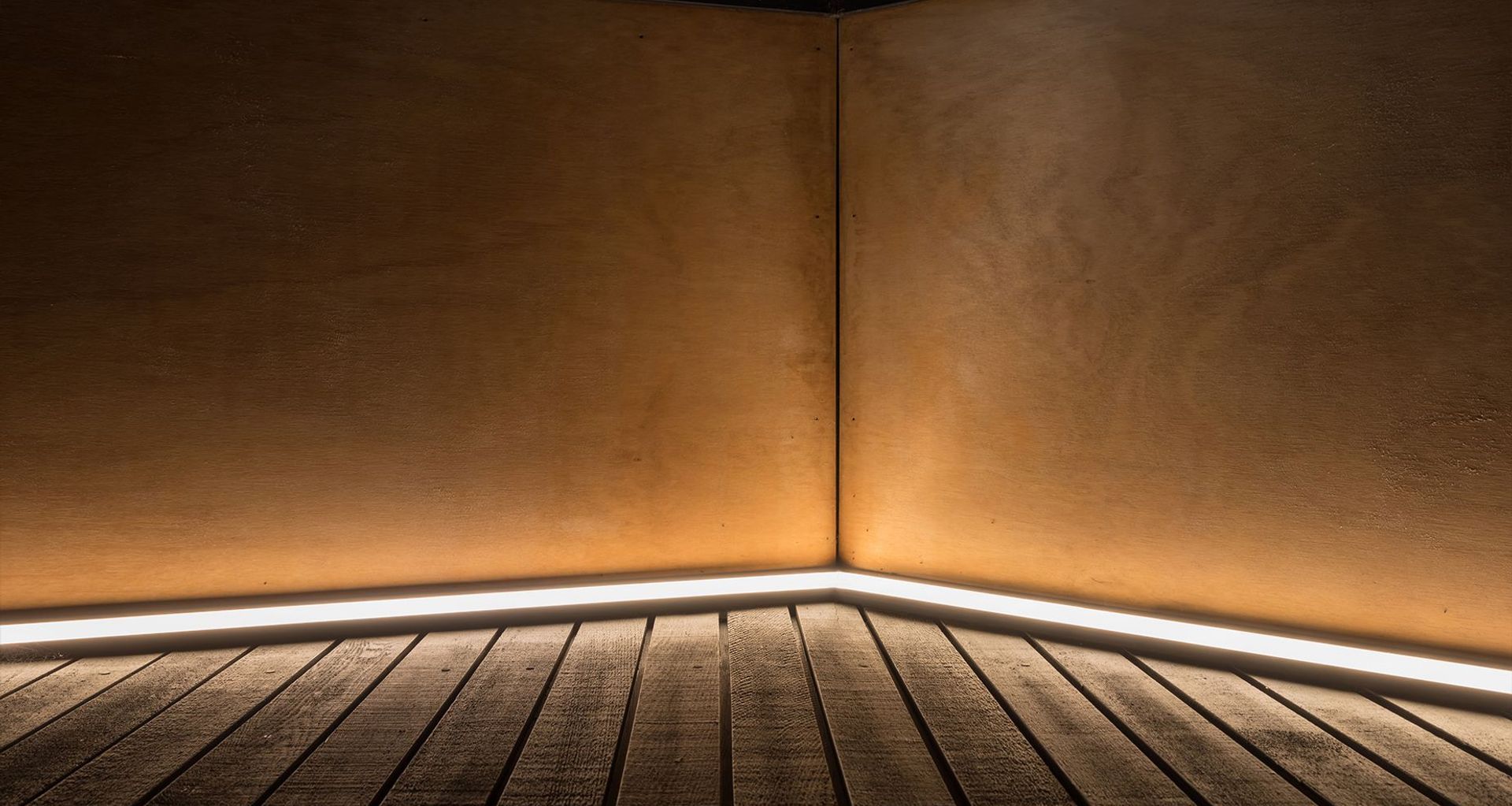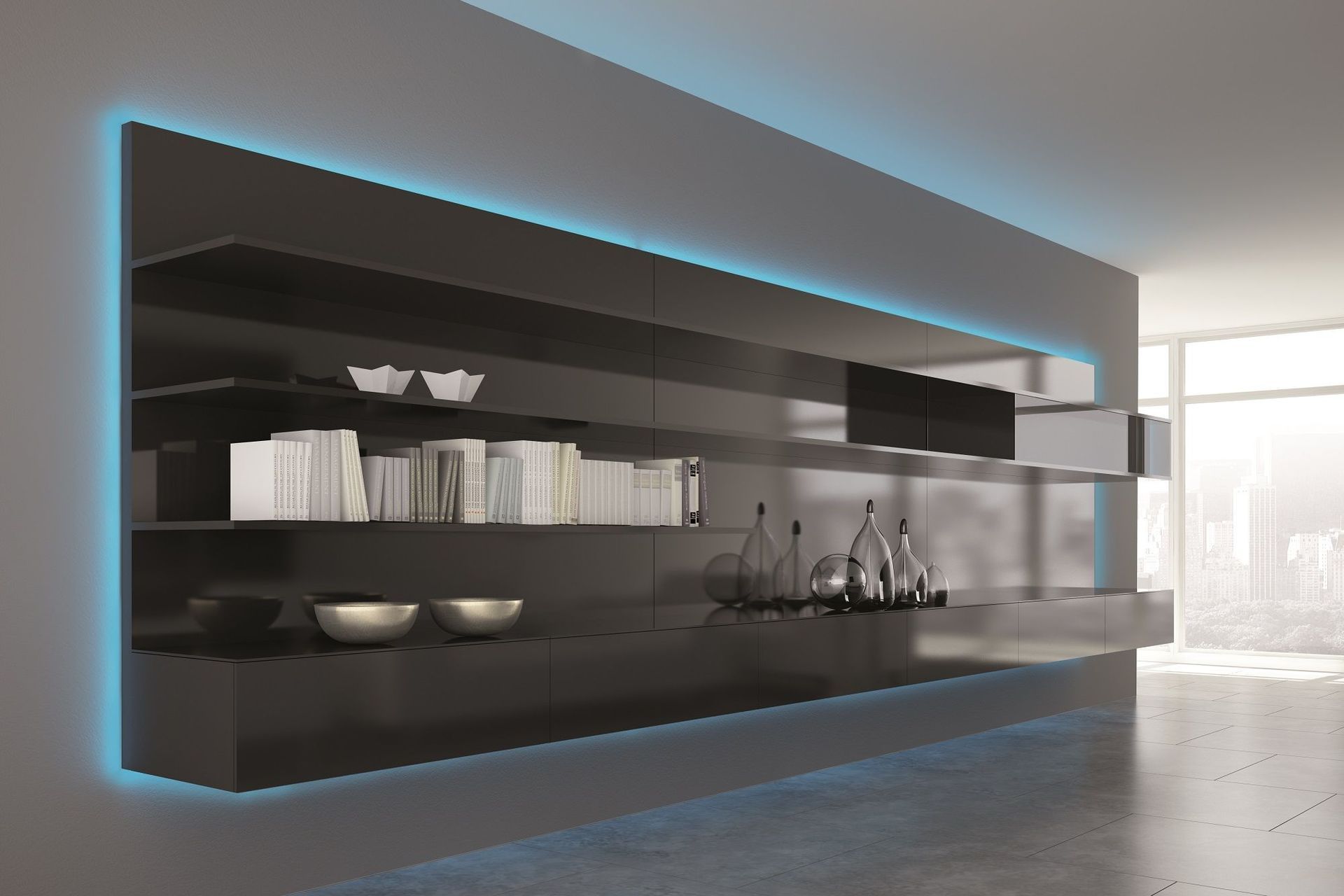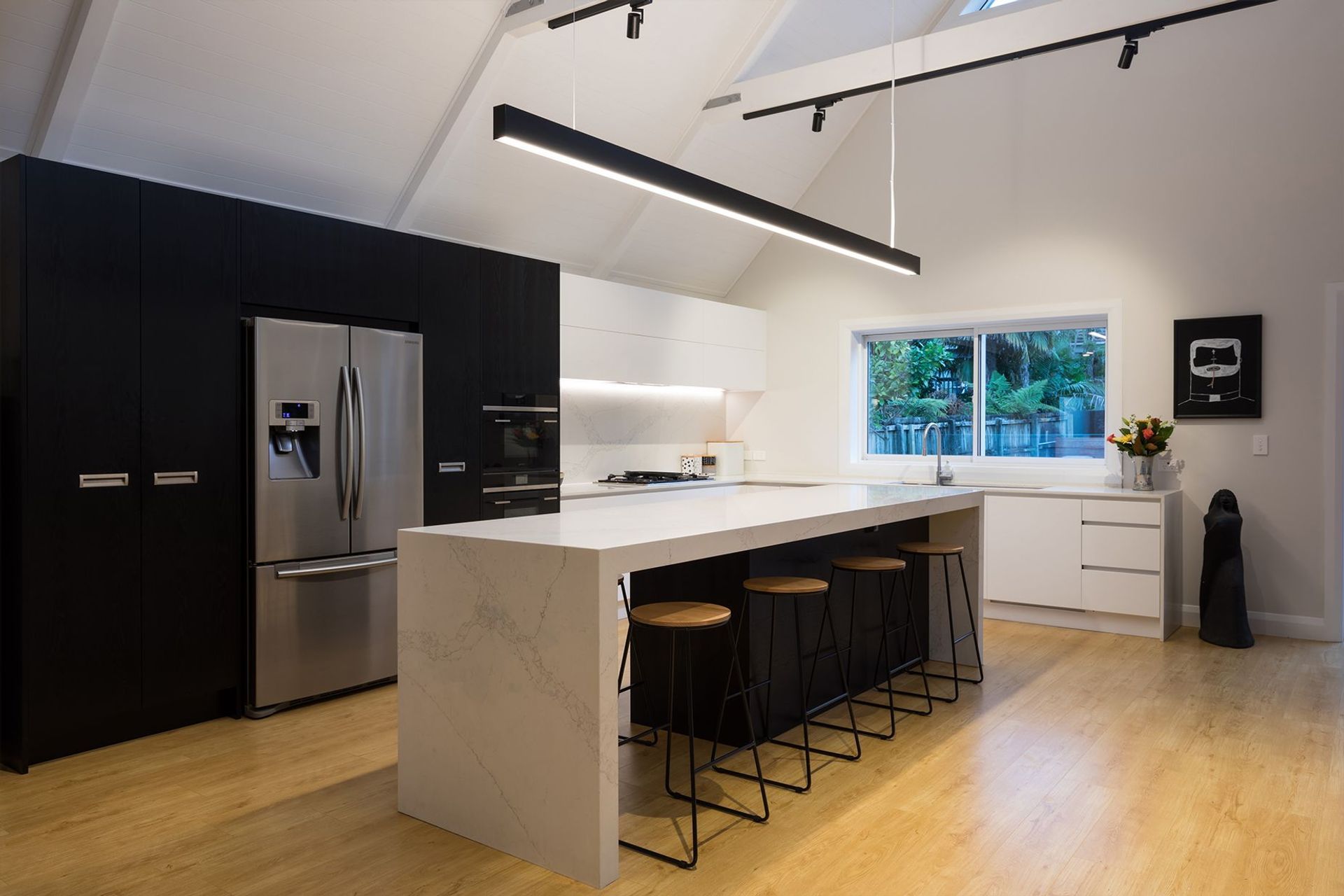The ultimate guide to LED lights

LED lights are the go-to for efficiency, quality of light and sustainability, but what exactly are they are why are they are a good option? They’re touted as the superior solution for most lighting plans, so we found out what makes LED lighting the most viable option for any build or renovation.
What are LEDs and how do they work?
LED bulbs create the same range of colour temperatures (light colours) as traditional incandescent bulbs, but they are much more effective and energy-efficient than their older counterparts - lasting around 50 times as long as an incandescent bulb. It is generally accepted that an LED bulb will use around 90 percent less electricity to run than an incandescent light bulb.
LED stands for light-emitting diode. Put in the simplest way, an LED is a semiconductor device that emits light when a current is passed through it. It is this process that distinguishes LEDs from other types of lighting such as incandescent bulbs, which use a heated filament to create light.
What are the advantages and disadvantages of LEDs?
1. Longevity
LEDs build on the technology of their predecessors in terms of lighting, with the latest LED bulbs able to utilise different components and methods of creating light that extend the lifespan of the bulbs. The significant factor in an LED bulb’s long lifespan is the low heat levels generated by the process of creating light. In comparison to an incandescent light bulb, an LED bulb will typically outlast its counterpart by thousands of hours.
2. Energy efficiency
LED bulbs are much more efficient than other light bulbs, which generally waste a significant amount of energy creating heat, making them inefficient. In comparison, an LED bulb can turn around 70 per cent of its energy into light, rather than heat, creating a much more efficient product.
3. Colour range
LED bulbs offer a wide range of light colours and colour temperatures, unlike incandescent bulbs, which produce a different range of light colours that can fade and change over time.
LEDs vs. incandescent lights
The lower temperature of LED bulbs is another benefit in terms of safety, especially if they are likely to be touched by a child, for example. An incandescent bulb is generally so hot to the touch that it will burn the skin, in the same way an incandescent bulb may cause a fire if is too close to or touching a flammable material.
The large range of light colours produced by LED bulbs is a distinct advantage of the technology over incandescent bulbs. The two technologies use different methods of creating different colours, with incandescent bulbs utilising filters to create different coloured light. In comparison, an LED bulb is made with the colour of light it will emit built into it; it is the diode’s coating that produces the light colour, allowing it to retain its colour for the duration of its lifetime. The light colour emitted by incandescent bulbs can change or fade over time as it is used, resulting in a less reliable and even light colour.
How to choose LEDs: which type of LED is best for your project?
Most LED light bulbs are similar to traditional incandescent bulbs, with the same or similar fittings, bases and shapes allowing for the switch to be a relatively simple one.
If you’re simply swapping to LED lighting in an existing building, check the base fitting for your current bulbs and make sure either bayonet, screw or pin bulbs are chosen depending on the fitting.
The next thing to consider is the type of atmosphere you are aiming to create in the space. For example, will dimmers be used? Is it task lighting or ambient lighting that you are creating?
here are two basic types of light bulbs, which emit light in a different way. Directional bulbs emit light in a certain direction. The easiest comparison is a spotlight. This type of bulb may be chosen to illuminate a specific object, such as a piece of artwork, or an architectural feature. It may also be useful for task lighting, where bright, focused light illuminates a particular area such as kitchen workspace.
Omnidirectional bulbs emit light in different (or all) directions. This style of bulb is useful for ambient lighting, where the aim is to create an even level of light across a larger space.
Brightness is another key factor, and one that differs from the measurements of an incandescent bulb, which is measured in watts. LEDs, on the other hand, use lumens to measure brightness. Watts is a measurement of energy use, which is redundant in the context of an LED bulb that is much more energy efficient. The higher the lumens of an LED bulb, the brighter the light output.
What are LED strip lights and how much do they cost?
LED strip lights are a contemporary and versatile style of LED lighting that offer a new level of design freedom. In general, LED strip lights are made up of many LED emitters on a long, narrow and flexible circuit board.
Coloured LED strip lights are a sought after way to create a dramatic or bold statement in a room. Often used for cabinetry backlighting, or to illuminate stair treads, there are almost unlimited possibilities to create striking lighting designs with strip lights.
LED strip lighting ranges greatly in terms of price, output, colour and style. Have a look at some of the latest LED strip lighting options here to gain an understanding of the scope of available options.
Where can LED lights be used?
LED bulbs are some of the most versatile lighting options available today, and are commonly used as commercial lighting as well as in many residential applications. From LED downlights to LED spotlights and floodlights, pool lights and outdoor lights for the garden or deck, LEDs are also commonly used as bathroom lights for their reliable and bright light output, as downlighting for kitchen cabinets, as splashback lighting, for decorative cornices, stairway handrail lights and for applications where fire-rated downlights are a requirement, or where waterproof strip lights are the required product. Due to their ultimate versatility, LEDs are being used in more and more creative ways to create striking, energy efficient lighting solutions.
Explore more about LED mirrors and LED mirror cabinets
Top banner image credit: VIVID 27 from Linetec



